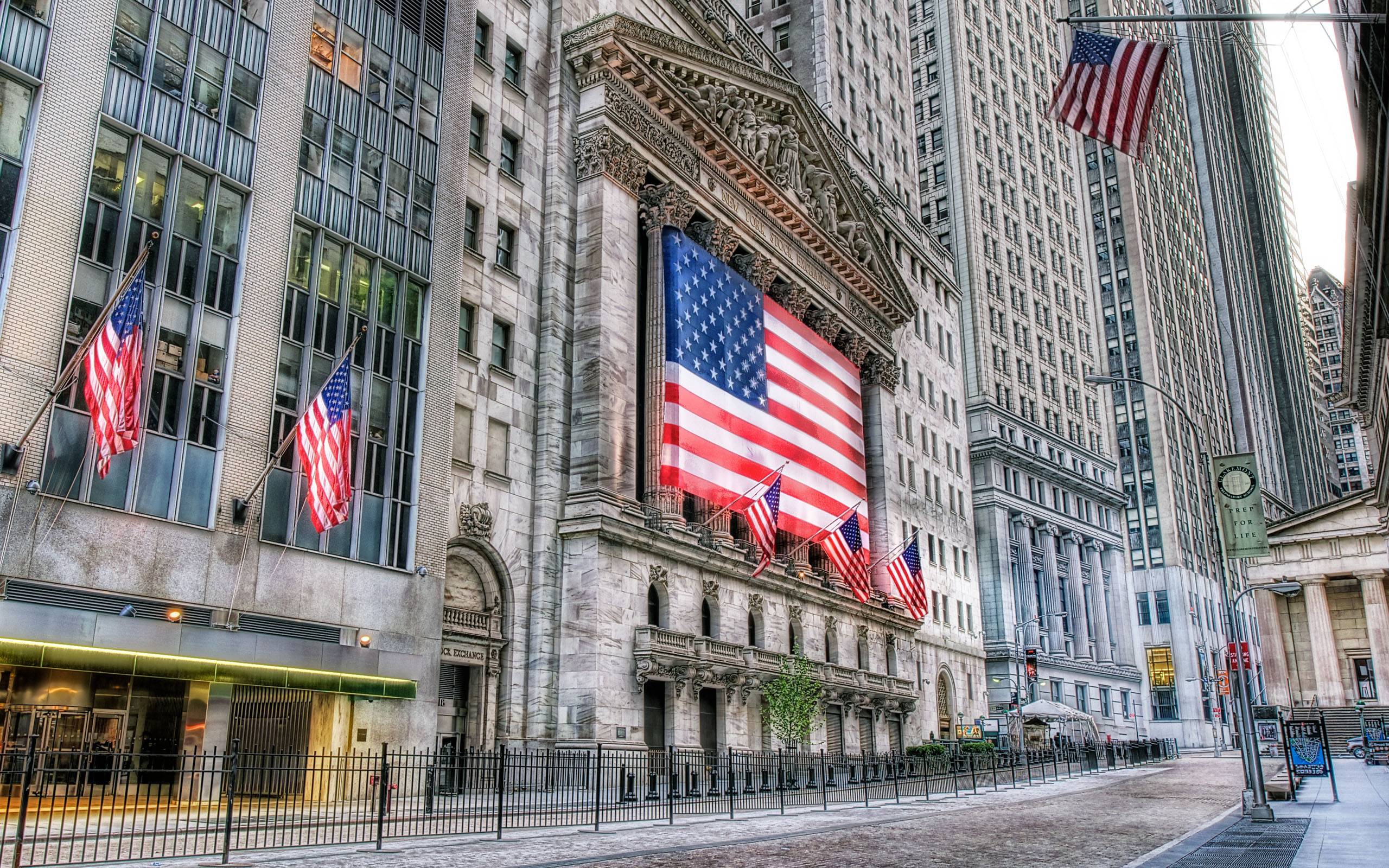The financial markets faced a tumultuous day as the Dow Jones Industrial Average plummeted by 500 points, reflecting a broader sense of unease among investors regarding the Federal Reserve’s interest rate outlook. This substantial drop signals a critical moment for the stock market, as it heads towards what could be its first ten-day losing streak since 1974. The implications of this downturn raise questions about the current economic landscape and the effectiveness of the Federal Reserve’s strategies.
As trading commenced, market participants reacted swiftly to the latest comments from Federal Reserve officials, which seemed to indicate a more cautious approach to interest rate cuts than many had anticipated. In recent statements, Fed representatives suggested that the central bank may not be as aggressive in its rate reduction plans as previously hoped, prompting concerns about the potential impact on economic growth. The possibility of prolonged high interest rates has historically rattled markets, leading to increased volatility.
The Dow’s decline was not an isolated incident; it was part of a larger trend affecting all major indices. The S&P 500 and the Nasdaq Composite also saw significant losses, contributing to a pervasive atmosphere of uncertainty within the financial sector. Analysts have pointed to a combination of factors at play, including inflationary pressures, geopolitical tensions, and the ongoing challenges in the global supply chain. These elements compound the difficulties faced by the Fed as it seeks to navigate a path forward in an increasingly complex economic environment.
Investors are closely monitoring inflation data, as it plays a crucial role in shaping the Federal Reserve’s decisions regarding interest rates. Recent reports have shown that inflation remains stubbornly high, fueled by rising energy costs and supply chain disruptions. These pressures have led some economists to argue that the Fed may need to maintain higher rates for a more extended period to combat inflation effectively.
The prospect of a prolonged period of high interest rates has raised concerns about the potential for an economic slowdown. Historically, when interest rates rise, borrowing costs increase, which can lead to reduced consumer spending and business investment. This situation can create a negative feedback loop, ultimately impacting corporate earnings and stock market performance. As a result, many investors are reassessing their portfolios and risk exposure in light of the shifting economic landscape.
Compounding these challenges are geopolitical factors that continue to influence market sentiment. Ongoing tensions in various parts of the world, including trade disputes and conflicts, have contributed to a general sense of uncertainty. Investors are increasingly wary of how these geopolitical dynamics could impact global economic stability and, consequently, the performance of U.S. markets.
As the Dow nears the possibility of a ten-day losing streak, market analysts are debating the implications of this trend. Some argue that such a protracted decline could signal deeper issues within the economy, while others believe it may represent a mere correction in an otherwise resilient market. The long-term effects of these market movements remain to be seen, but they underscore the delicate balance that the Federal Reserve must strike in managing monetary policy amidst a myriad of external pressures.
In the coming days, market participants will keenly await further guidance from the Federal Reserve, particularly as they prepare for upcoming policy meetings. Investors are looking for clarity on the central bank’s trajectory, hoping for reassurances that the Fed is committed to fostering economic growth while simultaneously addressing inflation concerns. The decisions made in these meetings will likely have far-reaching consequences for the stock market and the broader economy.
Moreover, analysts will continue to scrutinize economic indicators and corporate earnings reports as they seek to gauge the health of the U.S. economy. With the specter of higher interest rates looming, companies may face challenges in maintaining profitability, which could further exacerbate market volatility. As such, the focus will remain on how businesses adapt to these changing conditions and the potential impact on employment and consumer confidence.
In summary, the Dow’s substantial drop of 500 points amid disappointing Fed rate projections marks a significant moment for financial markets. As the index heads toward a possible ten-day losing streak, investor sentiment remains cautious. The interplay of economic indicators, monetary policy, and geopolitical factors will continue to shape the landscape, with all eyes on the Federal Reserve as it navigates this complex environment.



